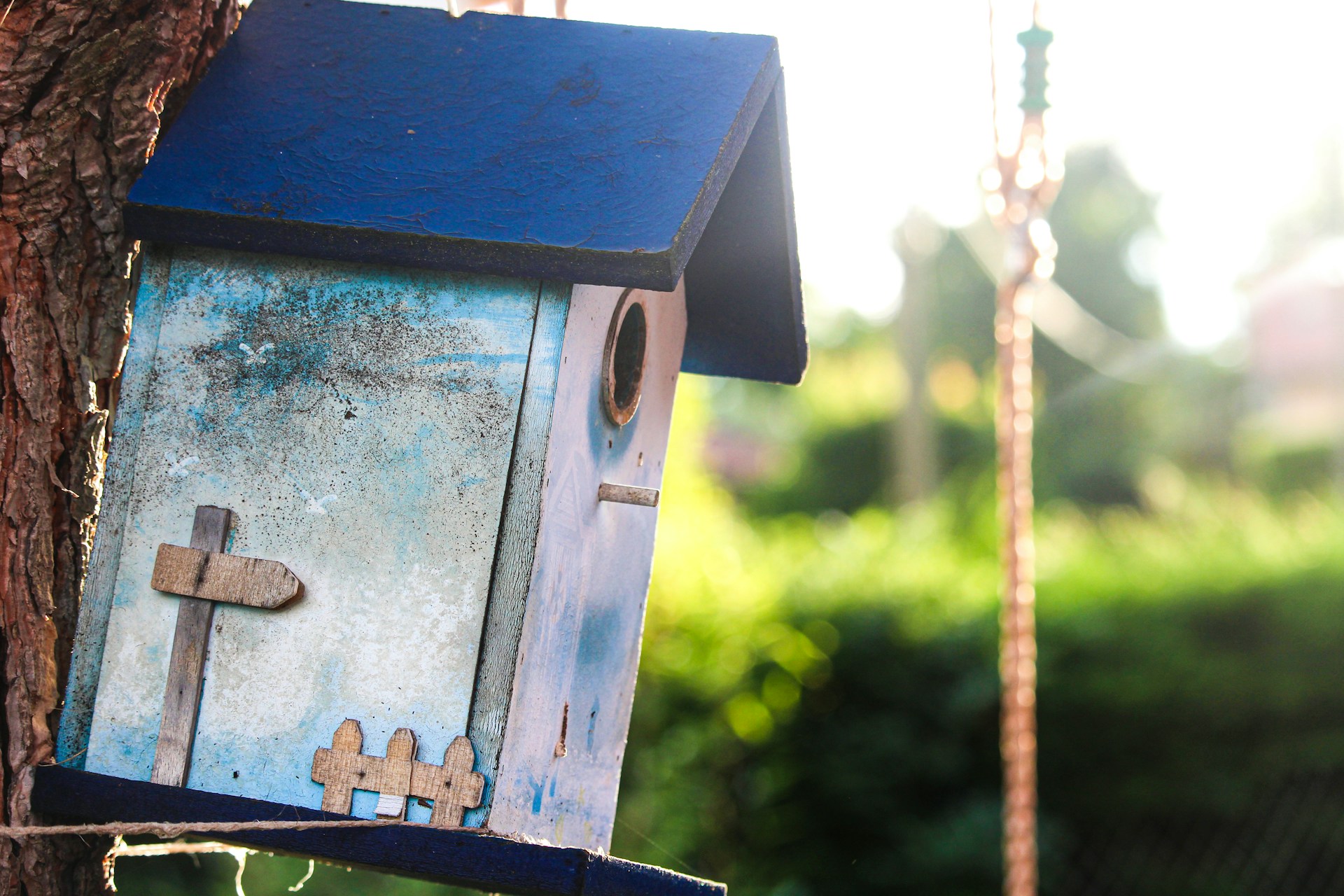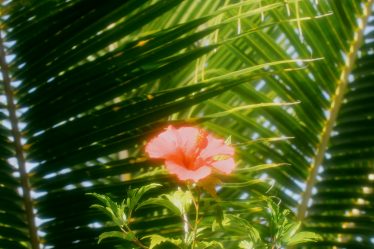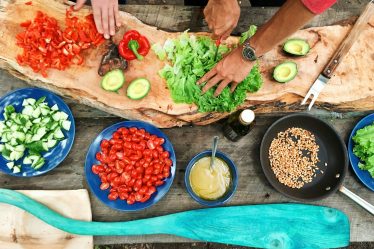
The sound of a songbird’s melody in the morning or the sight of vibrant plumage against the backdrop of your garden can be a delightful experience for any homeowner. Birds are not just passive observers of our daily lives; they play a crucial role in the ecosystem as pollinators, seed dispersers, and pest controllers. However, urbanization, habitat loss, and environmental pollution have significantly impacted avian populations worldwide. Thankfully, individuals can make a tangible difference by creating bird-friendly spaces in their own backyards. This comprehensive guide will explore the myriad ways you can attract and support a diverse array of birds, transforming your outdoor space into a sanctuary for these feathered friends.
Cover photo by Olivier Darbonville
Understanding Bird Ecology
Before delving into the practical aspects of creating a bird-friendly space, it’s essential to understand the needs and behaviors of different bird species. Birds require food, water, shelter, and space to raise their young. Depending on the region you live in, different birds will have varying preferences for these resources. For instance, nectar-feeders like hummingbirds will need flowering plants, while seed-eaters like finches will benefit from feeders filled with sunflower seeds.
Providing Food Sources
Birds depend on a consistent and varied food supply throughout the year. Here’s how you can cater to their dietary needs:
Plant Native Species
Native plants are adapted to your local environment and often provide the best food sources for native birds. They also support local insects, which many birds rely on as a primary food source, especially during the nesting season.
– Research the native plants that thrive in your area and are known to attract specific bird species.
– Consider creating a wildlife garden with a variety of plant types to cater to different feeding behaviors (ground feeders, nectar feeders, insectivores, etc.).
– Include evergreen plants and trees to provide food during the colder months when many other food sources may be scarce.
Feeders and Supplemental Feeding
Bird feeders can complement your landscape and offer a reliable food source year-round.
– Choose the right feeder for the birds you want to attract. Tube feeders are great for seed-eating birds, while platform feeders are better for ground feeders like juncos and sparrows.
– Offer a variety of seeds, including black oil sunflower seeds, millet, nyger, and suet, which cater to different bird species.
– Keep feeders clean to prevent the spread of diseases.
– Monitor feeders regularly and adjust offerings based on the birds you’re attracting and the season.
Water Features
A reliable source of water is essential for birds, especially during the dry months.
– Install a bird bath or a shallow water dish that allows birds to safely access the water.
– Ensure the water is fresh and clean, replacing it regularly and keeping the bath itself clean to prevent algal growth and the spread of pathogens.
– Consider adding a mister or drip feature to provide a supplemental water source.
Offering Shelter
Birds need safe places to roost and raise their young. Here’s how you can create suitable habitats:
Trees and Shrubs
– Plant a variety of trees and shrubs that offer dense cover for nesting and roosting, as well as perches for birds to rest on during migration or while foraging.
– Leave some natural brush piles or deadwood to provide additional shelter and insect habitats.
Birdhouses and Nesting Boxes
– Install birdhouses designed for cavity-nesting species like wrens, chickadees, and bluebirds.
– Place nesting boxes in areas that are safe from predators and have a clear flight path to and from the entrance.
– Monitor nesting boxes to ensure they are not being used by non-native or invasive species, which can compete with or harm native birds.
Ensuring Space for Raising Young
Birds need open spaces where they can find food and raise their young without the threat of predation or human disturbance. Here’s how you can provide such spaces:
Large Open Areas
– Leave some areas of your yard less manicured to serve as natural playgrounds for young birds.
– Avoid using pesticides and herbicides, which can be harmful to both adult birds and their fledglings.
Safe Migration Corridors
– Plant trees and create hedgerows that connect larger natural areas, providing safe migration routes for birds.
– Keep outdoor cats indoors or supervised, as they are significant predators of birds, especially during nesting season.
Creating a Safe Haven
Birds face many threats from both natural and human sources. To create a bird-friendly space, consider the following:
Minimizing Window Collisions
– Apply decals or use window screens to reduce the likelihood of birds flying into your windows.
– Position feeders away from windows to give birds more clearance.
Reducing Light Pollution
– Dim outdoor lights at night to prevent disorienting nocturnal migratory birds.
Monitoring and Conservation Efforts
– Participate in citizen science projects like the Christmas Bird Count or eBird to monitor bird populations and distributions.
– Support local conservation efforts and advocate for policies that protect avian habitats.
The Benefits of a Bird-Friendly Space
Creating a bird-friendly space is beneficial not only for birds but also for you, the homeowner:
Ecological Balance
– Birds play a crucial role in pollination and seed dispersal, which supports plant diversity and ecosystem health.
Pest Control
– Certain birds can help control insect populations that might otherwise damage your garden or crops.
Aesthetic Enjoyment
– Watching birds can be a relaxing and rewarding hobby, offering moments of joy and connection with nature.
Educational Opportunities
– Observing birds can teach children and adults about ecology, the importance of biodiversity, and the impact of human activities on wildlife.
Conclusion
By creating a bird-friendly space in your backyard, you contribute to the conservation of avian species and support the health of our environment. It’s a rewarding endeavor that can bring beauty and life into your outdoor spaces while offering a sanctuary for birds. Whether you’re a seasoned birder or a newcomer to birdwatching, there are countless ways to make your garden a haven for these incredible creatures. Start with one step today—plant a native tree, add a feeder, or simply observe the birds that visit your yard. Each action contributes to a larger, more sustainable world for both humans and wildlife.
In embracing our role as stewards of the land, we not only enrich our own lives but also ensure a vibrant future for the birds that share our planet. So let’s roll up our sleeves, grab our shovels, and create bird-friendly spaces that will resonate with the songs of our feathered friends for years to come.


